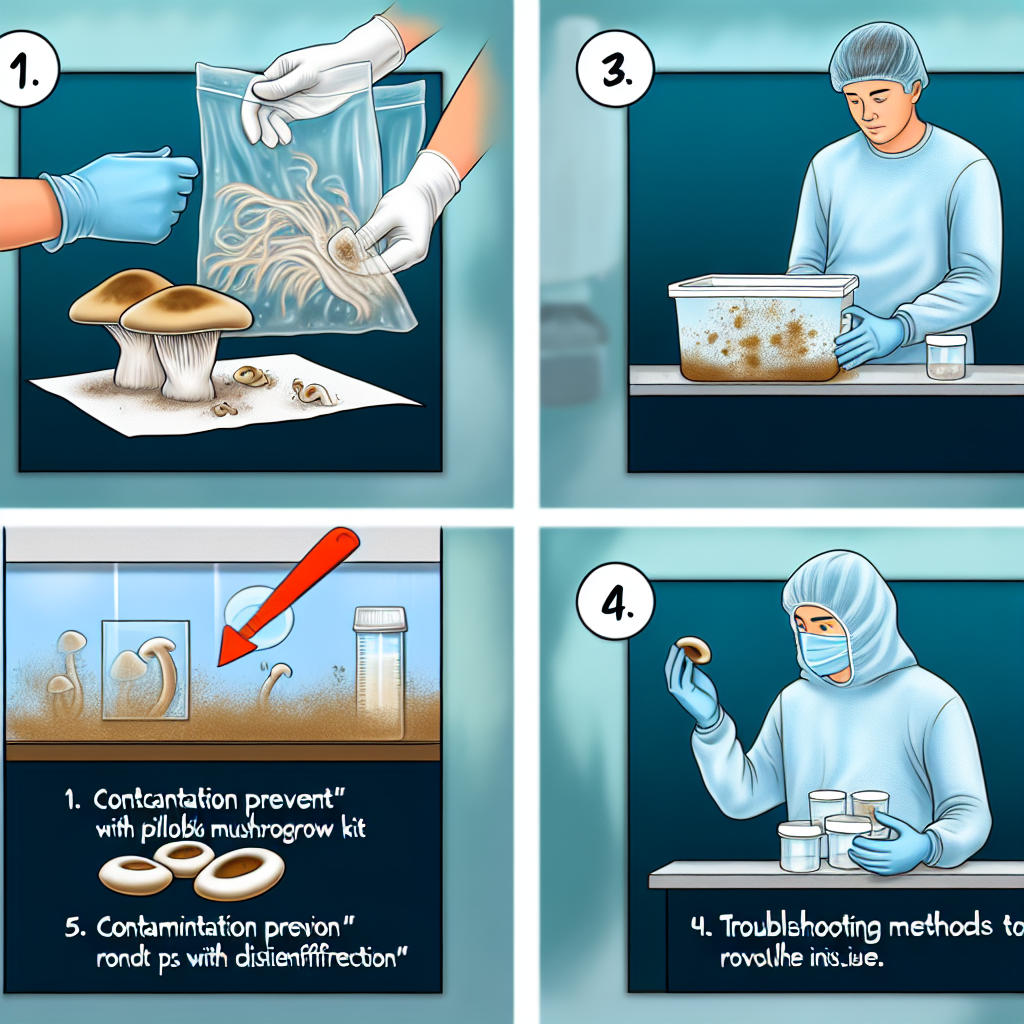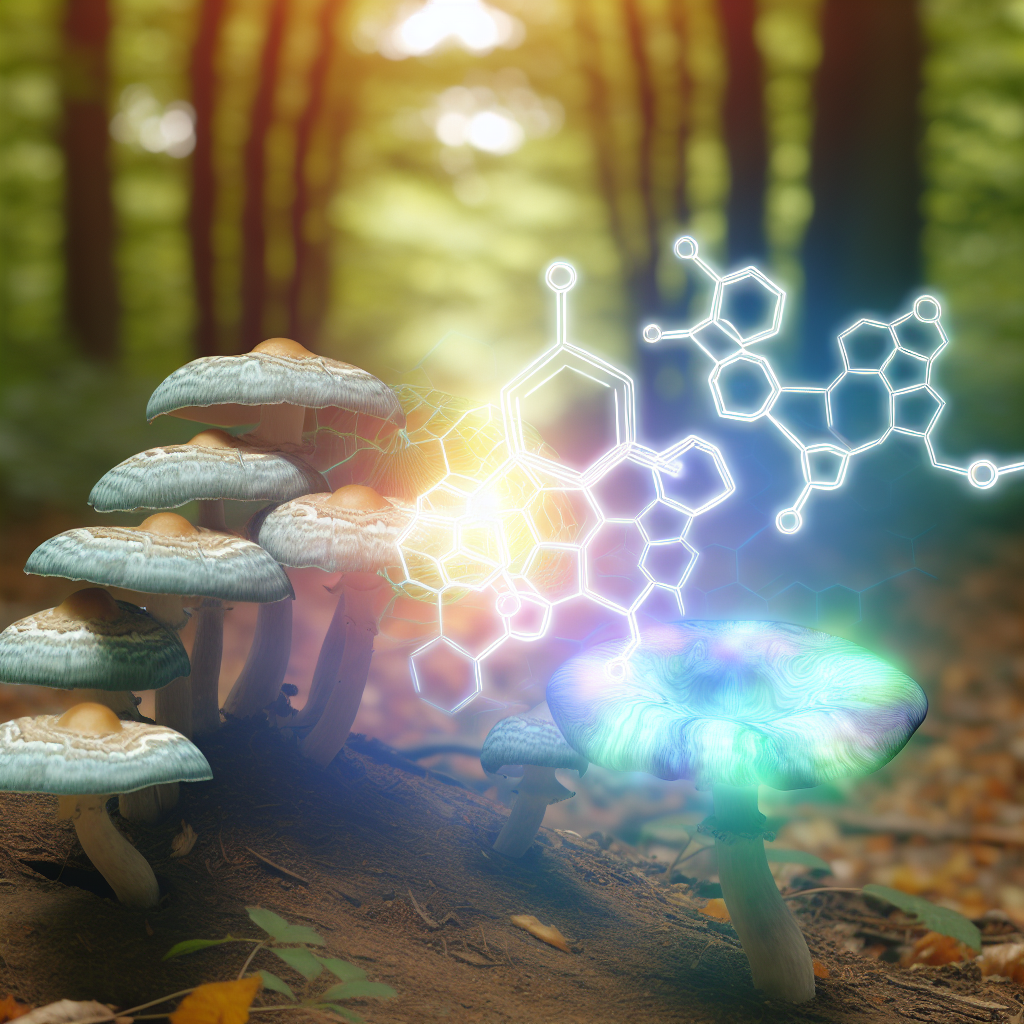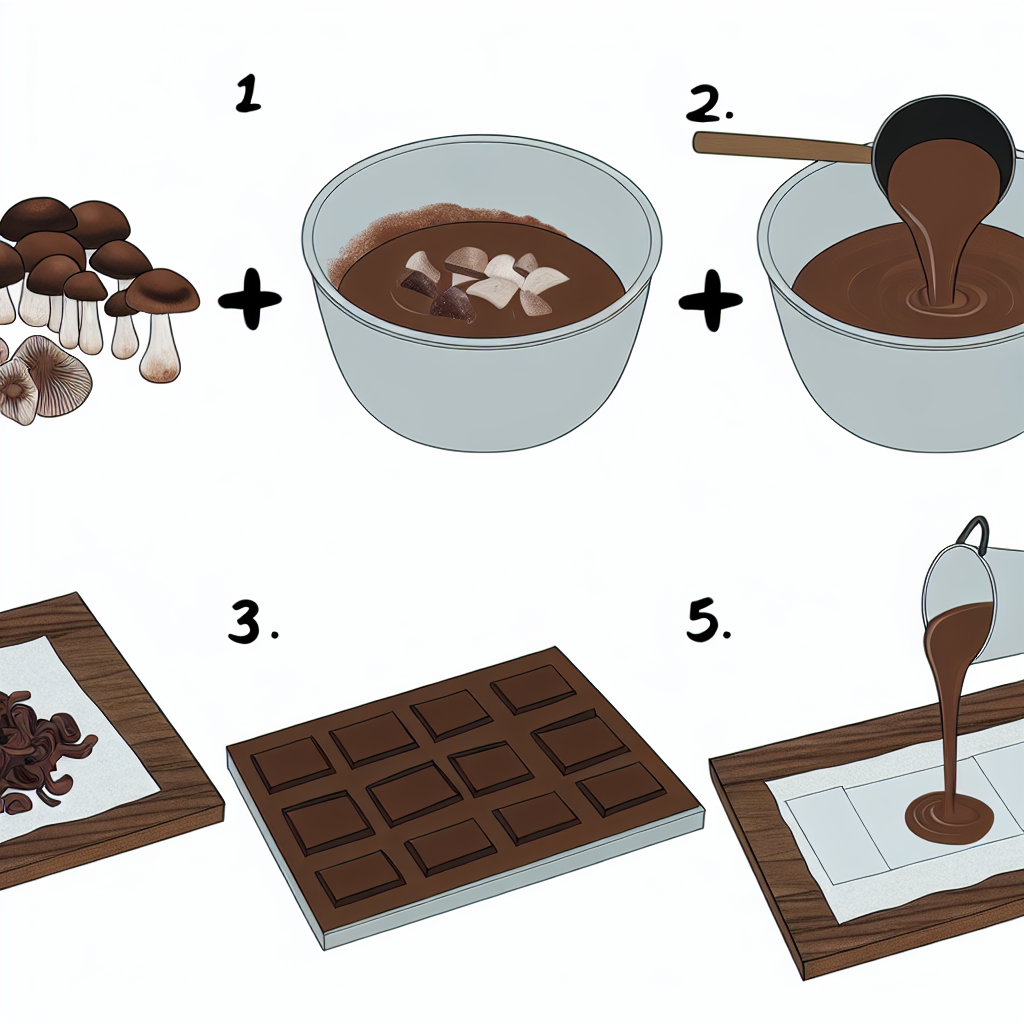Psilocybin Grow Kit Contamination Prevention and Troubleshooting
Introduction
In recent years, psilocybin has garnered significant attention for its potential in mental health treatment. From easing symptoms of treatment-resistant depression to supporting PTSD and addiction therapy, the medical interest in this psychoactive compound—found in “magic mushrooms”—has grown rapidly. As legal and scientific landscapes evolve, many individuals are turning to home cultivation to grow psilocybin-containing mushrooms for personal and therapeutic use.
Grow kits, particularly for species like Psilocybe cubensis, offer a straightforward path for cultivation. These kits typically contain a pre-colonized substrate that can begin fruiting under the right conditions. However, one of the primary challenges in growing healthy psilocybin mushrooms is contamination. Contaminants such as molds, bacteria, and aggressive fungal pathogens can compromise both yield and safety.
Unlike growing other plants or fungi, psilocybin mushrooms are especially vulnerable to microbial invasion during the colonization and fruiting stages. For individuals relying on these mushrooms for anxiety, PTSD, or depression, controlling contamination is vital—not only for maintaining purity and effectiveness but also for ensuring safe consumption.
In this guide, learn about the most common types of grow kit contamination, critical prevention steps, and tried-and-true troubleshooting strategies. Supported by expert growers and current scientific findings, this article aims to empower both novice and experienced cultivators with practical tools to grow high-quality, uncontaminated mushrooms.
Understanding Contamination Through Medical and Professional Research
Increasingly, the relevance of home-grown psilocybin mushrooms is tied to advancements in our understanding of microbial ecology in fungi cultivation. According to research published in the journal Fungal Ecology (Carrasco et al., 2021), successful yields rely heavily on the maintenance of a sterile environment throughout colonization and fruiting stages.
A persistent and aggressive contaminant in grow kits is Trichoderma spp.—a green mold that can quickly kill Psilocybe cubensis mycelium. When introduced, it competes for nutrients, destroys substrate, and spreads spores hazardous to health and cultivation viability. In professional and medical growing environments, even a small presence often leads to the loss of an entire batch.
Another frequent contaminant is bacterial blotch, visible as slimy or oily patches on mycelium or mushroom caps. This often results from over-misting, poor ventilation, or introduction of pathogens through hands or tools. A 2020 study in the journal Fungal Biology identified specific strains of Bacillus bacteria commonly transmitted through unclean handling as primary contributors to blotch and reduced psilocybin potency.
Given the increasing use of psilocybin in therapeutic settings, contamination-induced variations in potency and composition pose significant risks. The Johns Hopkins Center for Psychedelic and Consciousness Research stresses the importance of purity, especially in clinical or microdosing contexts. Impurities can cause unintended psychophysiological effects or prevent intended therapeutic outcomes.
To counteract contamination, expert cultivators recommend:
– Using HEPA-filtered environments
– Flame sterilizing all tools
– Maintaining pH-balanced substrates
Innovative approaches such as bioactive filtration and the use of probiotic inoculants are being tested to selectively favor psilocybin mushroom mycelia while discouraging bacterial and mold intrusion.
Ultimately, contamination control not only ensures the integrity of your harvest but supports consistent dosing—a crucial element for users seeking sustained therapeutic benefits.
Prevention and Troubleshooting Tips
Here are proven strategies to prevent contamination in your psilocybin grow kit:
1. Sterile Handling
Before handling your kit, thoroughly wash hands and use alcohol-based hand sanitizers. Utilize a still air box (SAB) or work near an alcohol flame to reduce airborne contaminants. Always sterilize gloves, scissors, and any tools with alcohol or flame before use.
2. Environmental Control
Create a clean growing area by wiping down surfaces and filtering ambient air. Maintain consistent humidity levels (90–95%) and a temperature range of 70–75°F. Enable fresh air exchange at regular intervals to prevent stale, bacteria-prone conditions.
3. Use of Clean Water
Mist your kit only with boiled and cooled or distilled water. Tap water may contain chlorine or microbial life that can suppress healthy mycelium.
4. Daily Monitoring
Inspect your grow kit once or twice daily. Watch for:
– Brightly colored or fuzzy spots (green, black, pink) – signs of mold
– Slimy surfaces or unpleasant odors – bacterial contamination
– Abnormal growth patterns such as stalled mycelium, shriveled mushrooms, or abnormal coloring
React quickly—removing infected areas if possible. For significant contamination, discard the entire kit.
5. DIY Cleaning Techniques
For early-stage mold, spraying a diluted mixture (3%) of hydrogen peroxide may help. However, apply cautiously to avoid harming the mycelium. Avoid using bleach or soaps, which could introduce toxic residues.
6. Troubleshooting Common Issues
– Slow Mycelial Growth: Often caused by low temperatures or hidden bacterial contamination.
– Discoloration: Blue bruises usually indicate physical stress. Green, black, or pink hues suggest mold.
– Substrate Sogginess: Avoid overwatering. Ensure good air exchange to prevent water buildup and bacterial bloom.
Employing these best practices reduces the likelihood of failure while supporting potency and maximum harvest size.
Conclusion
Home cultivation of psilocybin mushrooms with grow kits is a powerful step toward personal wellbeing and therapeutic empowerment. But success in growing high-quality, contaminant-free mushrooms requires deep attention to hygiene, environmental control, and daily monitoring.
Through a blend of practical steps and guidance backed by scientific research and expert advice, growers can avoid common pitfalls and optimize yields. Whether exploring microdosing, therapeutic sessions, or spiritual study, ensuring a clean and effective harvest is key to unlocking the benefits of psilocybin mushrooms safely.
References
- Carrasco, J., et al. (2021). Fungal interactions and implications in mushroom cultivation. Fungal Ecology
- Johns Hopkins Center for Psychedelic and Consciousness Research. (2020). Clinical trials and psychedelic therapy
- Mycological Research Journal. (2020). Bacterial influence on mushroom growth and yield
Summary
Contamination is the most common obstacle in growing psilocybin mushrooms at home using grow kits. Understanding the types of contamination—like Trichoderma molds and bacterial blotch—and implementing preventive measures such as sterile handling, good ventilation, and use of sterilized water can ensure a potent, safe, and effective harvest. Supported by scientific research and expert growers, this guide provides essential tools to keep your psilocybin cultivation clean, therapeutic-grade, and successful.

Dominic E. is a passionate filmmaker navigating the exciting intersection of art and science. By day, he delves into the complexities of the human body as a full-time medical writer, meticulously translating intricate medical concepts into accessible and engaging narratives. By night, he explores the boundless realm of cinematic storytelling, crafting narratives that evoke emotion and challenge perspectives. Film Student and Full-time Medical Writer for ContentVendor.com




